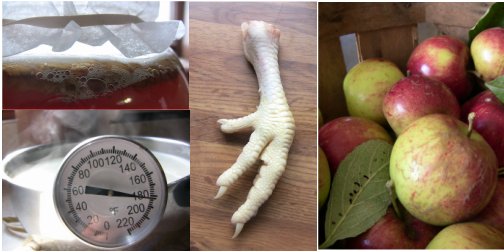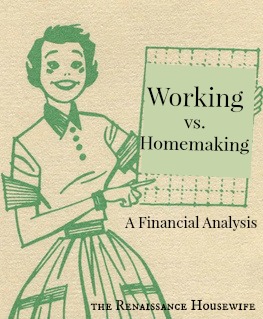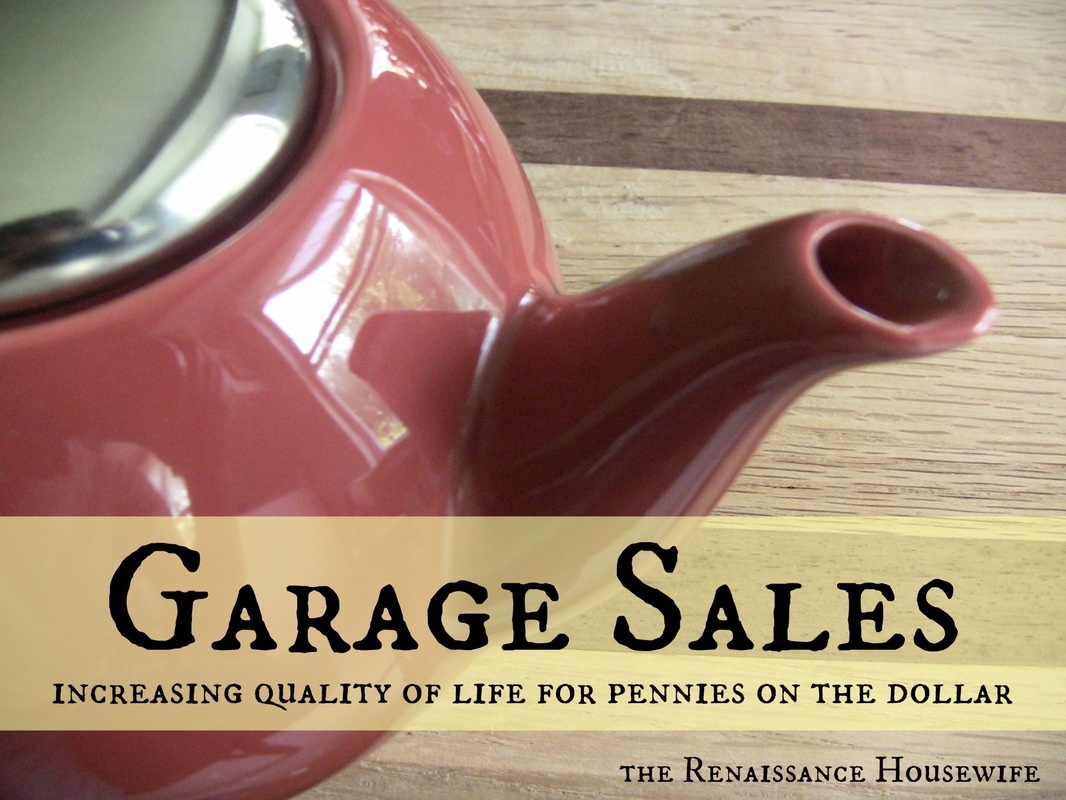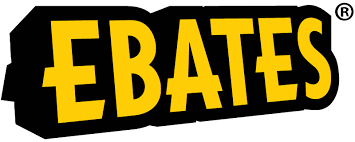Many of Panama's farmers do subsistence farming, which means they grow enough food to feed and clothe themselves, but little or no crops for export. A subsistence farmer will focus more on what their family needs to eat for the following year than what market prices are or what they can sell to earn money. Food grown by this type of farmer tends to stay in the community rather than be trucked all over. In the United States, we might call someone like this a "homesteader" or "off-grid". These are people that eat, wear, and live in the crops and animals they grow on their diversified farm.
Another interesting tidbit of agriculture here is the presence of "living fences". That is, where tree cuttings are placed in the ground, grow, and become permanent fence posts. My plant book devotes an entire chapter to these living fences, and it's something I'd like to try sometime on our own property.
One of the reasons I enjoy seeing and learning about subsistence farming in particular is because it's something I can do here at home. The idea of subsistence farming is outdated here in the United States, but I think it can still work on a small scale. No, I don't think you can make EVERYTHING yourself. But you can make a lot of things yourself if you have some free time to do so. Certainly stay-at-home wives and moms can do a little subsistence farming, and I know single guys who enjoy hunting and gardening in their spare time.
In developing countries it is easier to see how class distinction, economics and capitalism work together to create what we have in the US: a bunch of consumer debt. I realize that civilization brings a lot of good- better medicine and surgical treatment, for example. And I really like capitalism because it provides OPPORTUNITY for people. But for some people groups, the draw to consumerism is more powerful than the opportunity that capitalism provides.
What Happened to Subsistence Farmers in the US?
Last January we drove through the Cherokee National Forest in Tennessee. Alongside the road we saw the Mountain Farm Museum and decided to stop and look around. The museum and farm told the story of how the mountain people (subsistence farmers) produced all of their own food, clothing, shelter and entertainment. Then it told how the area became a National Park* and "civilized" people started to come through and basically gawk at the mountain people. Of course these tourists wanted to buy trinkets and souvenirs, so the mountain people started making money selling handcrafts and trinkets to the tourists.
Of course, the cultural influence went both ways. The mountain peoples were introduced to the finery of modern society and got the itch to have fancy new clothes and other things. Unfortunately handcraft sales were not enough to support the mountain people's wants, so they had to take jobs in other areas. Because they had jobs, they couldn't be subsistence farmers and thus, the mountain people were "forced" into poverty.
All of this is kind of ironic, considering the fact that now it is cool to be a "homesteader" and grow all of your own food. I told Hubs, "It's too bad the mountain people didn't just keep wearing their homespun clothes AND selling crafts." They could have made some real money! And perhaps avoided poverty.
Bethany, the Subsistence Farmer
I'm so thankful and excited that I got to see a peek of how farming is done in Panama. I look forward this Spring to improving my own little "subsistence farm" (in a middle-class American way, of course!).
Til next time,
-Bethany
*I think this is why tourists started coming through, but my memory is a bit foggy on what I read at the museum. I could be wrong.
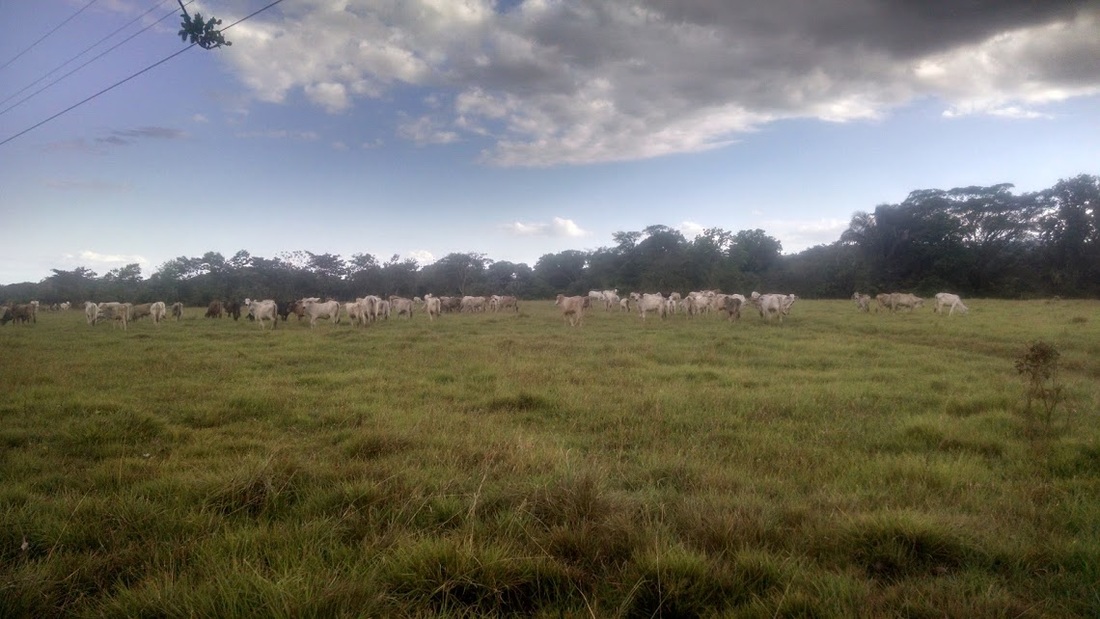
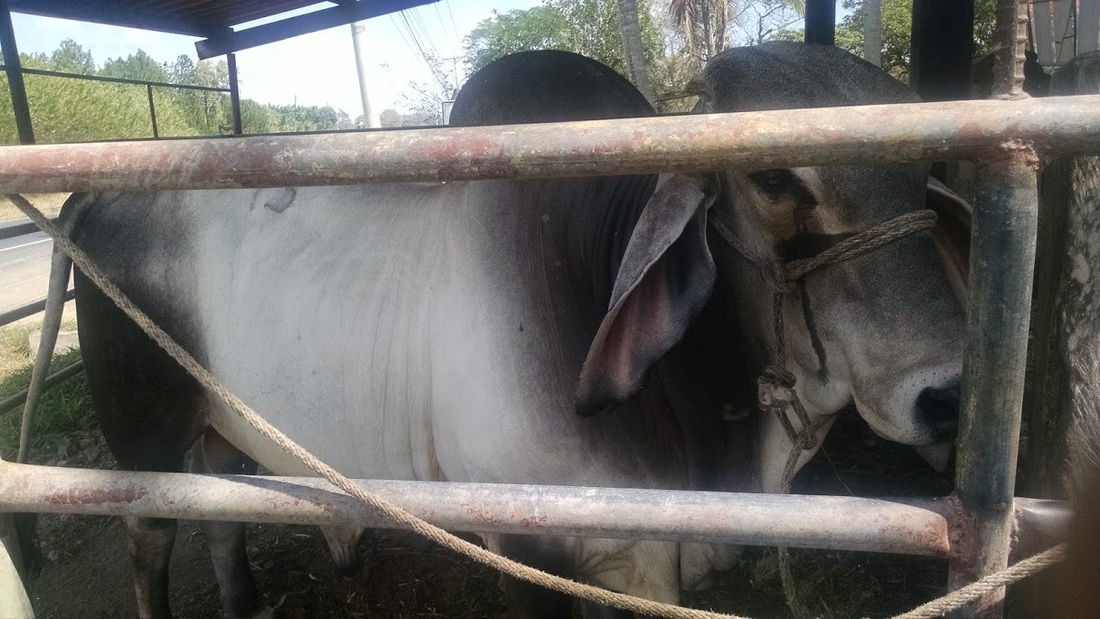
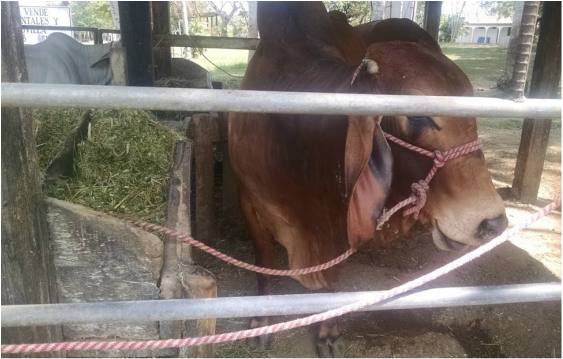
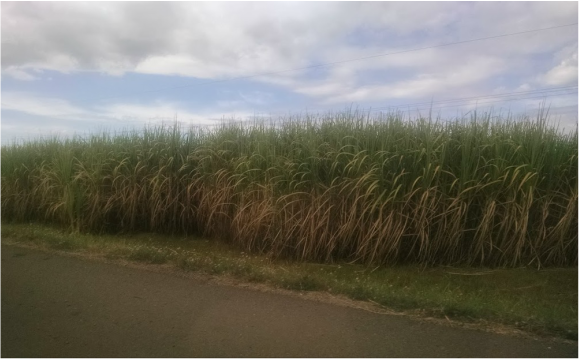
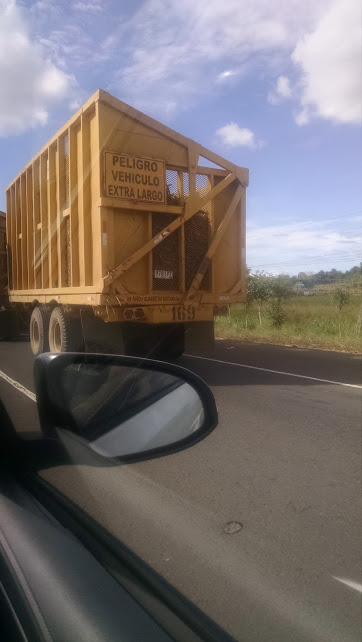
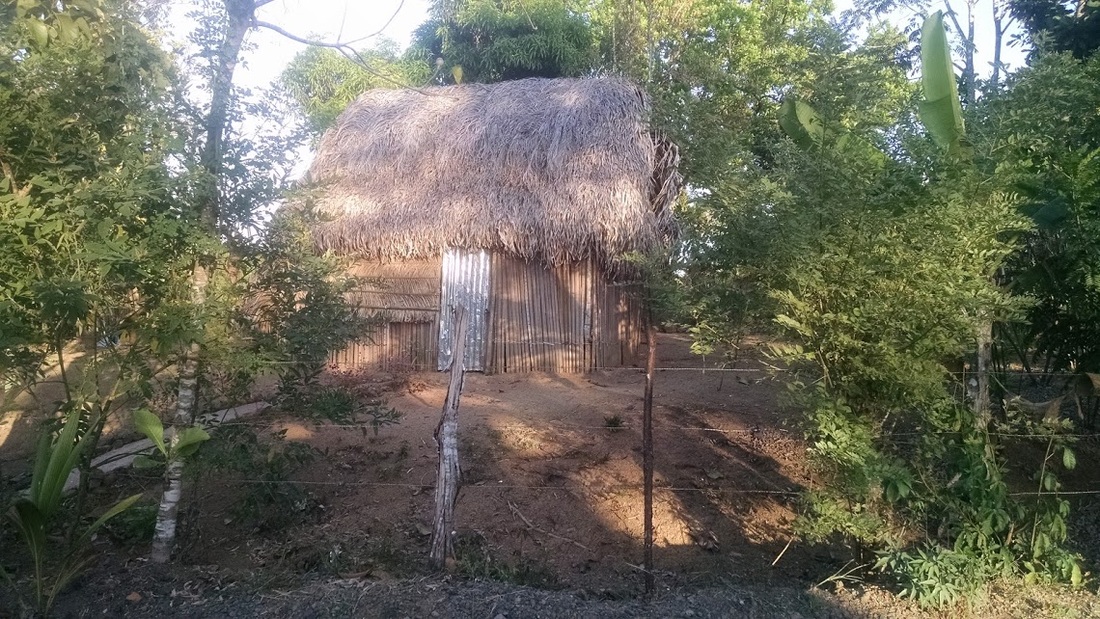
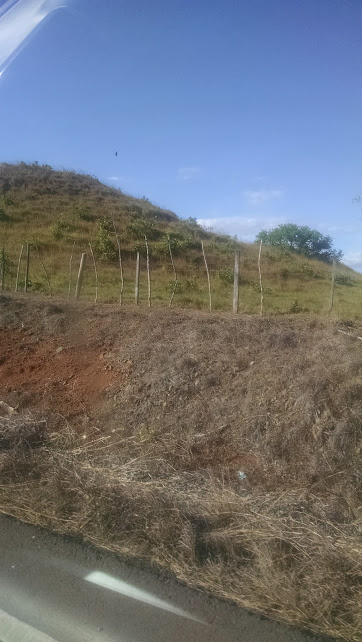
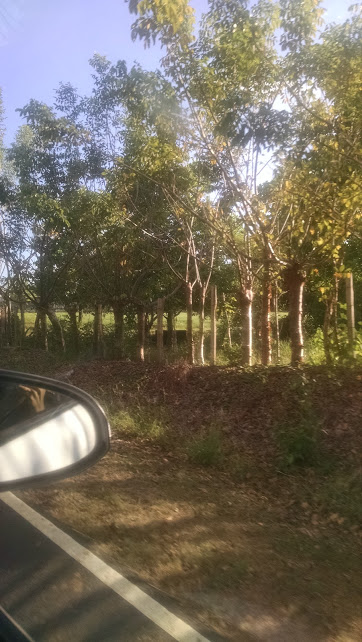
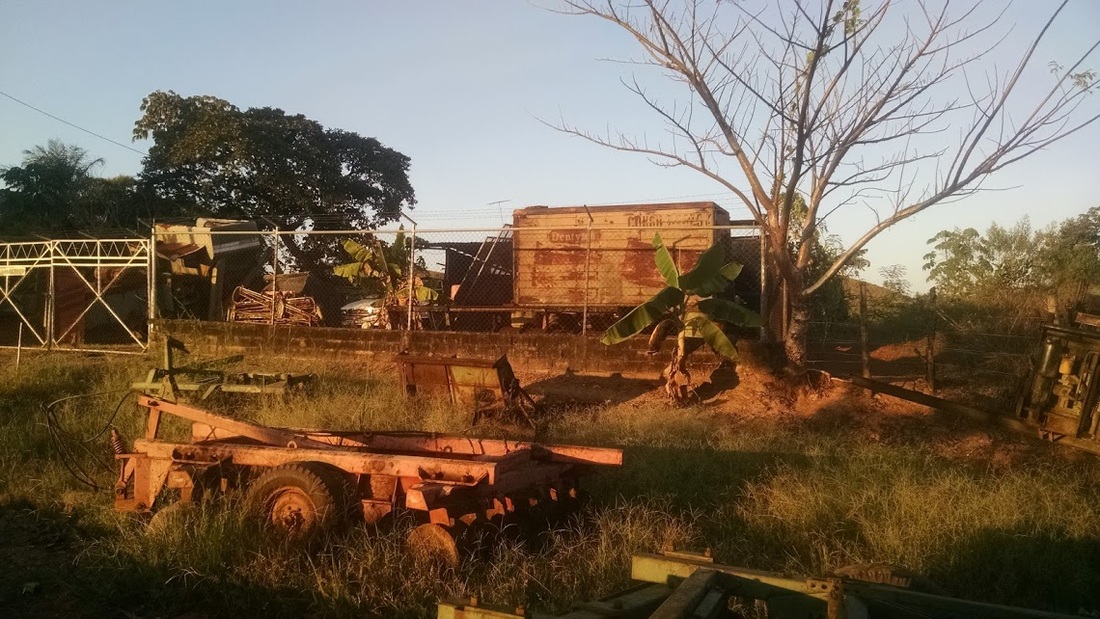

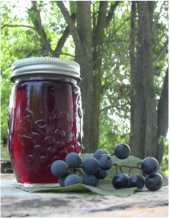

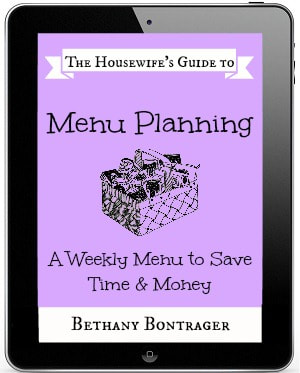
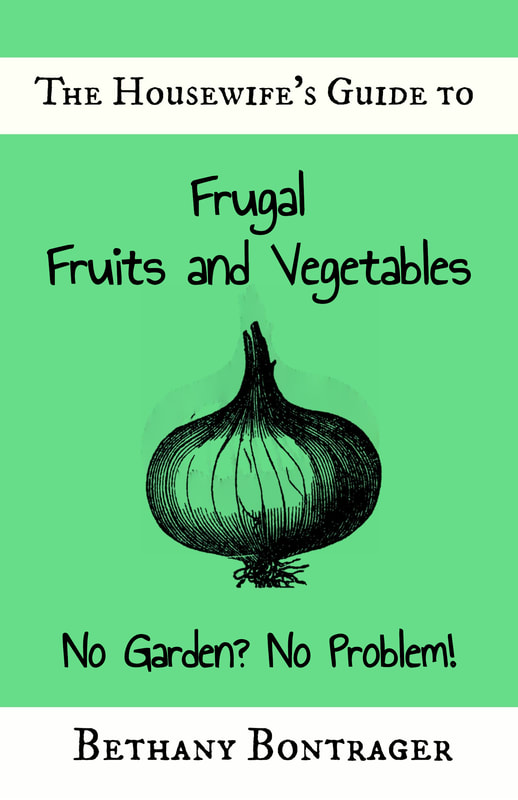
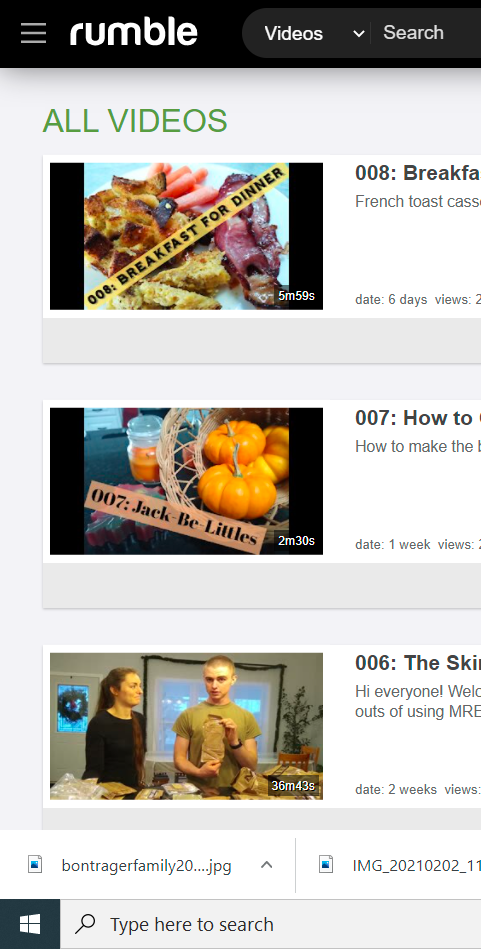
 RSS Feed
RSS Feed

